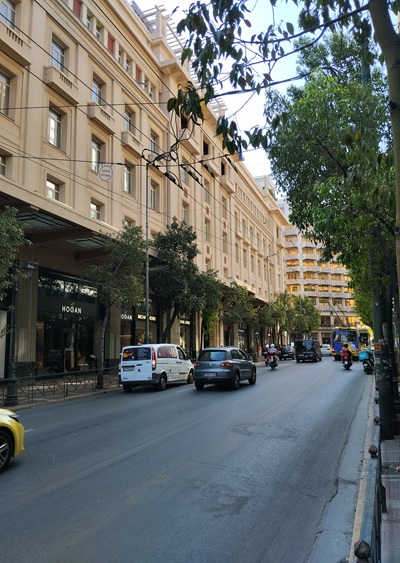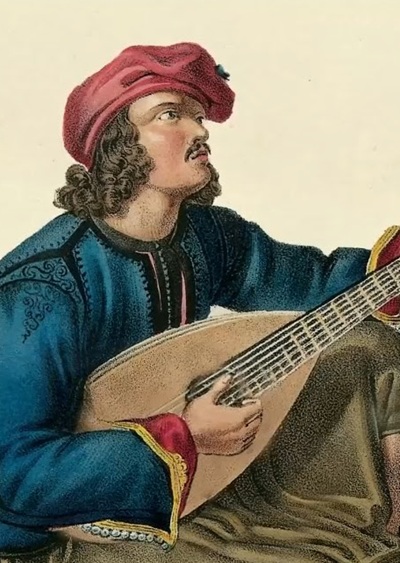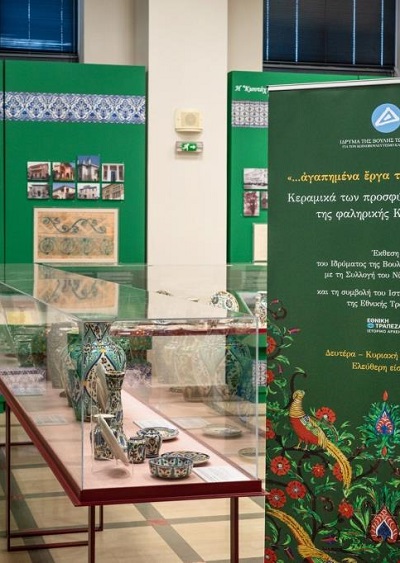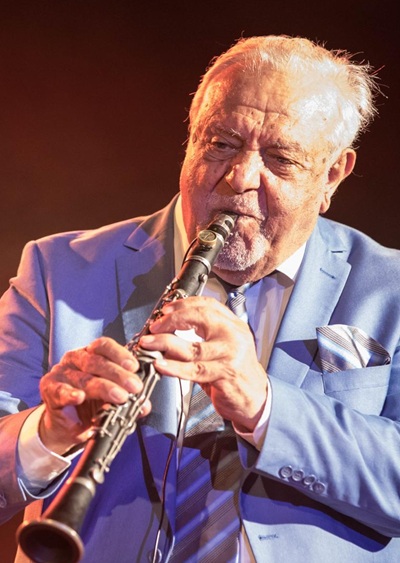
« I spring and answer dance with dance…»
Aggelos Sikelianos
A century ago, the Greek State, with the institution of the “Central Committee for the celebration of the Centenary of the National Regeneration” (more commonly CCC) ,expected to organize splendid anniversary events for the celebration of the completion of 100 years from the outbreak of the 1821 Revolution. However, the effect of the festive atmosphere was cancelled by the developments in the Asia Minor front, which monopolised, as was natural, the citizens’ interest and later by the inconceivable tragedy of the Asia Minor Catastrophe. The CCC thus interrupted its proceedings in 1921 and was re-instituted in 1928, now setting 1930 as the milestone -year, since it would mark the centenary of the creation of the new Greek State.
In this context, contemporary big names from the arts or from the sciences participated, whether they had been invited or on their own initiative, as members of smaller committees or as organisers of public celebrations. As the representative of Greek “choreodrama”, as he himself defines his art in his letters, Vasos Kanellos (Vasileios Kanellopoulos), initially Isidora Duncan’s pupil who later studied in France and the USA, notifies (from New York, where he was then based) the CCC’s General Secretary Ioannis Damvergis that it would be possible to stage the choreodrama ‘Demeter and Persephone”, which he had created in collaboration with his wife Tanagra Kanellos, in 1930 at Eleusis as well- it had already received its premiere the previous year.

In order that the inclusion of the particular performance “in the Great Programme of the Centenary” be achieved, Vasos Kanellos encloses in his letter press-clippings from American newspapers and programme-notices and posters of previous performances in the theatres of Dionysus, Epidaurus and Olympia, some of which were printed in English. Among the press articles, in the relevant publication of the American New York Evening Post are presented photographs of the Kanellos couple taken during dance performances at the temple of Poseidon in Sounion and in the theatre of Dionysus in Athens; special mention is made of Charlotte Markham (later Tanagra Kanellos), of her studies, of her artistic progress until her acquaintance with Kanellos, of their shared artistic activity and their sojourn in Greece after their invitation to a festival-the reference is to the first Delphic Festival, when the Sikelianos couple invited them to participate; and even of the change of her first name to Tanagra, which, according to the columnist, was due to the Greek ambassador’s difficulty to pronounce her American name. Let it be noted that the second Delphic Festival was also organized as part of the centenary celebrations, and that the relevant letter of confirmation to the Committee was signed by Eva Sikelianos.

More specifically, apart from the detailed article, from the number of the performance programmes stand out, for the bulk of information and sheer number of pages, the leaflets of the performance “Demeter and Persephone”, which was staged as part of the “Eleusinian Festival”of 1929.. The introductory note is a lecture by by Alexandros Philadelpheus, Curator of Antiquities, entitled “On Eleusis and the cult of Demeter”. Extensive reference is also made to to the manner reception by Vasos and Tanagra Kanellos of ancient Greek music, as well as to the method that they followed in the composition of the choreodrama.
The programme of the “Eleusis Festival”of 1930, which contains all the references of the 1929 performance, though in shorter form, was finally actualised under the aegis of the Central Committee of the Centenary, whose title is written out in the cover’s frontispiece and was printed by the “Pamprosphygike”.

Eleni Theodoropoulou, General State Archives – Central Service







Leave A Comment